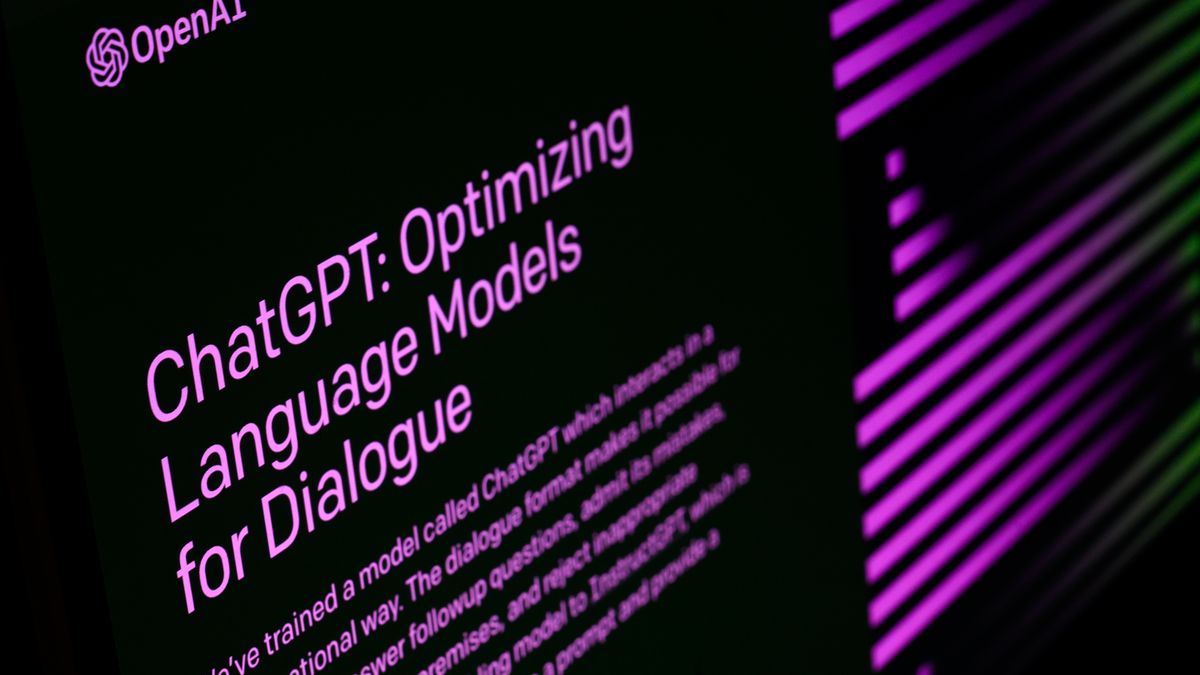
A new survey finds that just over 1 in 10 higher education faculty members say their institution has provided guidance on using artificial intelligence chatbots like GPT-3 in the classroom.
The survey, from research firm Pearson, analyzed responses from more than 7,000 faculty members at two-year and four-year colleges and universities in the U.S. and Canada. It found that 11% of respondents reported their college has issued recommendations on incorporating chatbots or other AI assistants into teaching.
However, many faculty said they were interested in learning more. Nearly 60% of survey takers expressed interest in receiving guidance on integrating AI technologies, including chatbots, into their curricula and programs. By discipline, interest was highest among those teaching engineering, technology, and business fields.
Reasons faculty want to explore AI integration include enhancing student engagement, improving accessibility, augmenting research capabilities, and keeping up with trends in their fields. At the same time, concerns remain around job disruption, biased or flawed AI systems, and not having enough support to take on emerging tools responsibly.
“There is clearly appetite for AI and interest in using it to transform teaching and learning, but institutions and faculty need more resources and guidance to confidently and thoughtfully incorporate these technologies,” said Phil Hill, executive director of New Media Consortium, which publishes research on emerging technologies and higher education. He suggested partnerships between colleges and edtech companies could help address these gaps.
While AI chatbots and assistants are generating excitement, many faculty said more evidence of their educational benefits is still needed before they become mainstream in classrooms. More piloting, evaluating impacts on student outcomes, and sharing best practices across institutions could help accelerate their responsible and effective adoption.
Guidance, resources, and support on a wider range of emerging technologies were also requested in the survey. Things like virtual reality, augmented reality, adaptive learning systems, online proctoring, and learning analytics were mentioned as options some faculty want to explore with their students. However, lack of support in exploring and integrating these new tools risks leaving innovative teaching to early adopters or those at more research-focused colleges.
As emerging technologies continue advancing rapidly in higher education and beyond, balancing support for experimentation with guardrails for responsibility will be crucial. With collaboration across companies, researchers, faculty leaders, and policymakers, guidance can help pave the way for educationally-grounded and ethically-aligned innovation. But facilitating open exchanges of experiences, questions, successes, and lessons learned will also be key to progress. By sharing insights broadly rather than siloing knowledge within single roles or organisations, AI and emerging tools can be wooed rather than forced into education. The future of teaching and learning depends on co-building that future now.